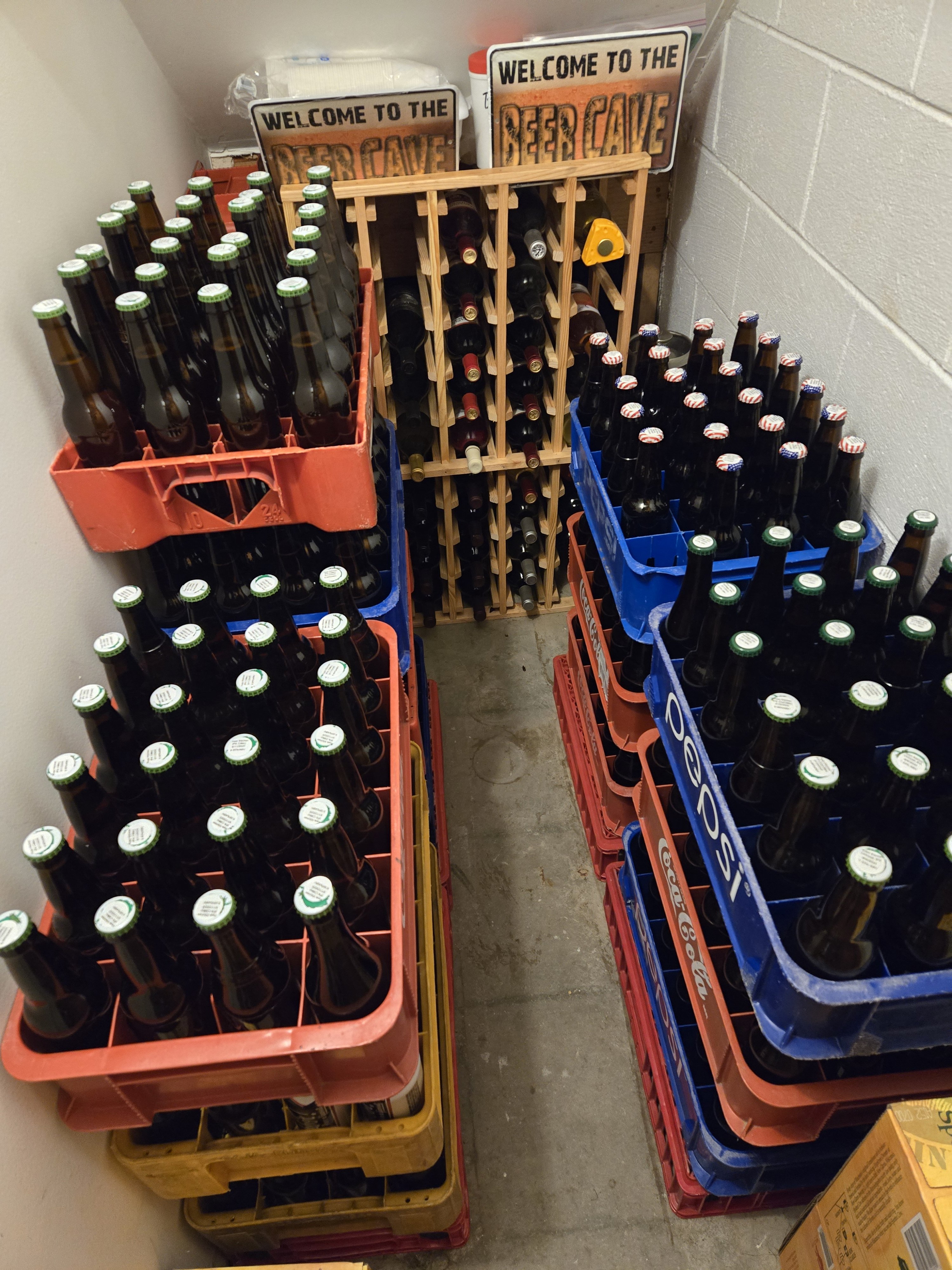I currently have silver bottle caps and a black "sharpie", but black bottle caps with a while "sharpie" also work.
Typically I write just the batch number on the top of each cap.
But when I'm brewing 'experimentally', I will add a "suffix" to the batch number. The "suffix" can be unique to the batch so I'll put the options in the "brew day" notes.
For a split bottle conditioning 'experiment' with these sugars
and assuming a batch number of "3", I would use 3t, 3c, 3b, 3m, and 3tr for the bottle cap labels.
Other notations will work as well - as long is one is keeping good notes. For example, start with the batch number and then add check-marks, underlines, "X"s & "O"s, ... to mark the variations on the bottle cap.


























![Craft A Brew - Safale S-04 Dry Yeast - Fermentis - English Ale Dry Yeast - For English and American Ales and Hard Apple Ciders - Ingredients for Home Brewing - Beer Making Supplies - [1 Pack]](https://m.media-amazon.com/images/I/41fVGNh6JfL._SL500_.jpg)




















